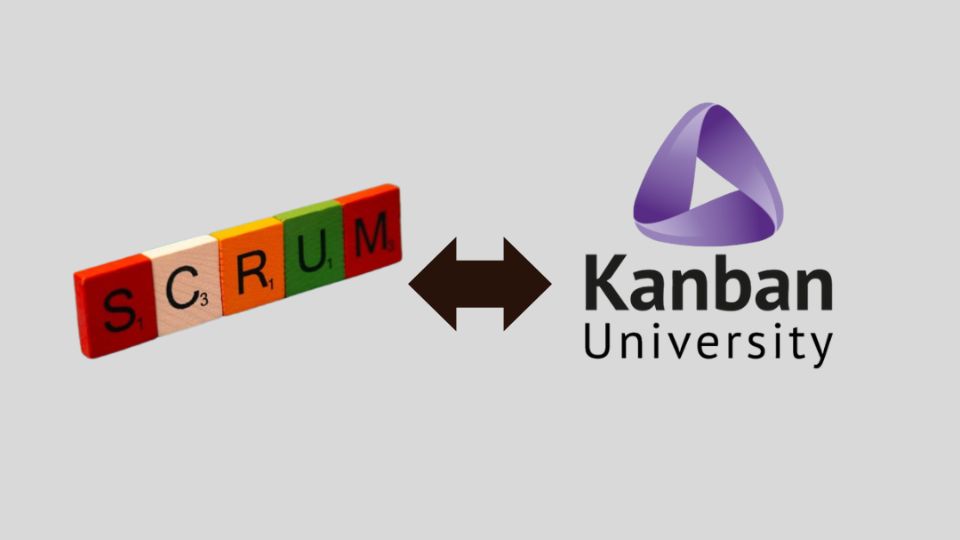Choosing Between Scrum and Kanban for Your Team
When choosing between Scrum and Kanban, it’s important to understand the unique characteristics of each framework and how they align with your team’s needs and workflow. Both are agile methodologies designed to improve team efficiency and productivity, but they offer different approaches to managing projects. Let's explore the main differences to help you decide which framework best suits your team.
What is Scrum?
Scrum is a structured framework that operates in sprints—time-boxed iterations typically lasting 1-4 weeks. It’s designed for cross-functional teams to collaborate and deliver a potentially shippable product increment at the end of each sprint. Scrum includes specific roles, such as Product Owner, Scrum Master, and Development Team, and follows a set of rituals like Sprint Planning, Daily Stand-ups, Sprint Reviews, and Sprint Retrospectives.
What is Kanban?
Kanban, on the other hand, is a visual management tool that focuses on continuous delivery and flow. It allows teams to visualize their work through columns, representing the stages of a process (e.g., To Do, In Progress, Done). Kanban is based on the principle of limiting work in progress (WIP), ensuring teams don’t overload themselves by limiting the number of tasks they work on at once. Unlike Scrum, Kanban doesn’t require set iterations or time-boxed sprints; tasks are continuously pulled through the system as capacity allows.
Key Differences Between Scrum and Kanban
- Structure and Planning
- Scrum: Requires sprint planning, where tasks are defined before the sprint begins and delivered by the end of the sprint. It follows a more structured approach, with defined roles and ceremonies.
- Kanban: More flexible, doesn’t require pre-planning, and allows tasks to be pulled from the backlog as capacity allows. It’s great for teams working on various projects and needing flexibility in handling workloads.
- Workflows and Delivery
- Scrum: Operates in time-boxed sprints with a fixed duration, delivering a potentially shippable product increment at the end of each sprint.
- Kanban: Focuses on continuous delivery, where work items are completed and moved through the system without predefined intervals. Ideal for environments where work comes in at varying speeds.
- Team Size and Collaboration
- Scrum: Often used by cross-functional teams working collaboratively on a single goal. It requires close coordination and communication, facilitated by structured ceremonies.
- Kanban: Can be used by teams of any size, focusing on visual communication and workflow management, making it easy for any team to collaborate and track work progress.
- Flexibility
- Scrum: Offers less flexibility once a sprint begins, as the scope is generally fixed, though backlog items can be added in future sprints.
- Kanban: Provides more flexibility, as tasks can be adjusted or reprioritized continuously without waiting for a new iteration. Ideal for teams with frequent changes or high uncertainty.
- Work in Progress (WIP)
- Scrum: Doesn’t inherently limit WIP, but tasks are broken down into smaller chunks during sprint planning, helping control flow.
- Kanban: Explicitly limits WIP by setting limits for each stage of the workflow. This forces teams to focus on completing tasks before starting new ones, improving efficiency and reducing task switching.
Which Should You Choose?
The decision between Scrum and Kanban depends on your team’s work environment and goals:
- Scrum: Best suited for teams working on complex projects where defined roles, ceremonies, and regular reviews help maintain focus and accountability. It’s particularly useful for product development teams and those working on projects with clear milestones.
- Kanban: More suitable for teams that need flexibility, handle ongoing or operational work, or experience frequent changes in priorities. Often used by support teams, marketing departments, and teams managing tasks that vary in complexity and urgency.
Key Takeaways
- Scrum: Ideal for projects with well-defined phases and deliverables, where teams work in sprints and require clear structure.
- Kanban: Excels in environments where work is continuous, and teams need a flexible, visual system for managing flow and reducing waste.
Conclusion
Ultimately, both frameworks can increase productivity and efficiency. The best choice depends on your team’s needs, the type of work you're doing, and how much structure or flexibility you require. Many organizations even blend elements of both methodologies, adapting practices based on the specific requirements of different projects or teams.
